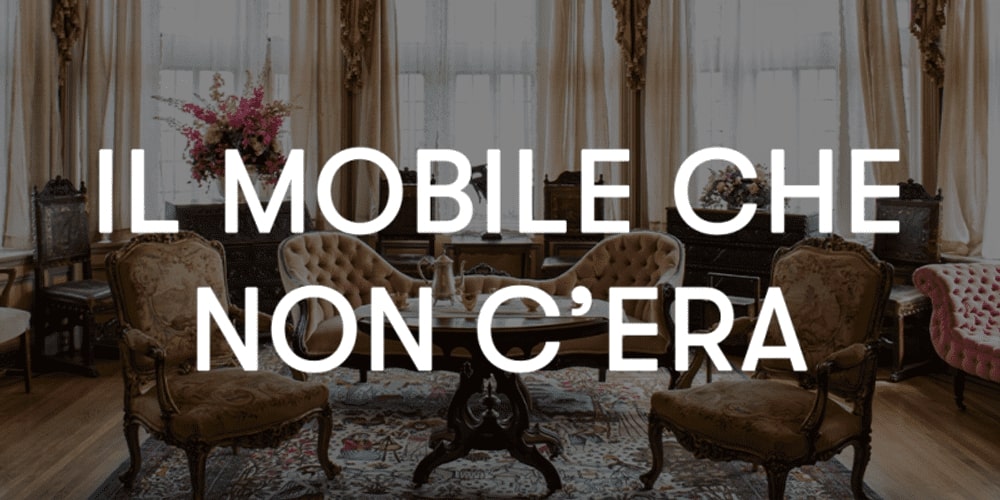Il mobile che non c’era

From March 18 to 20, at the store on Viale Espinasse, “The Furniture That Wasn’t There“ will take place. This spring event dedicated to antiques showcases a fascinating aspect of how social and cultural changes have influenced the history of taste and furniture.
It is well known that the historical and social context is closely tied to art and fashion. Indeed, it is interesting to observe and study how they continue to evolve to meet various and ever-changing needs.
Of course, there are certain historical moments, characterized by profound upheavals, that have brought about revolutions in the arts as well.

Changes of the 19th Century

The 19th century witnessed epochal changes with the Industrial Revolution, which irreversibly changed lifestyles. From the grand 18th-century noble palaces, furnished with decorative furniture lined along the walls, there was a shift to the homes of the emerging and increasingly widespread bourgeoisie. This rising social class, bound to a concept of greater practicality, demanded increasingly functional spaces and furnishings. Furniture was no longer used almost exclusively to emphasize the status and economic power of its owners but also served practical household needs. A focus on taste and aesthetics remained essential, now expressing elegance and sophistication influenced by prevailing fashions.
These needs were fully reflected in the new way of conceiving the home and society.
The New Home

The home became more intimate and furnished in a way most suitable and useful for the owner. The size of rooms decreased, and fewer rooms were designated for formal purposes, favoring more private and functional spaces. Tables, small tables, desks, chairs, armchairs, and sofas began to move toward the center of rooms: the living rooms emerged.
These spaces fully represent the new 19th-century social world. The home now included specific rooms for gathering, both more intimate, for family and friends, and for cultural circles of philosophers, artists, and musicians. They became, in essence, expressions of the new way of conceiving society, with its discussions on the arts, philosophy, and current issues. These spaces were frequented by notable individuals, active in political life and influential in public opinion.
Thus, in the 19th century, the home itself underwent a true revolution, changing in form and purpose to become a mirror of a new society with new needs and goals.







